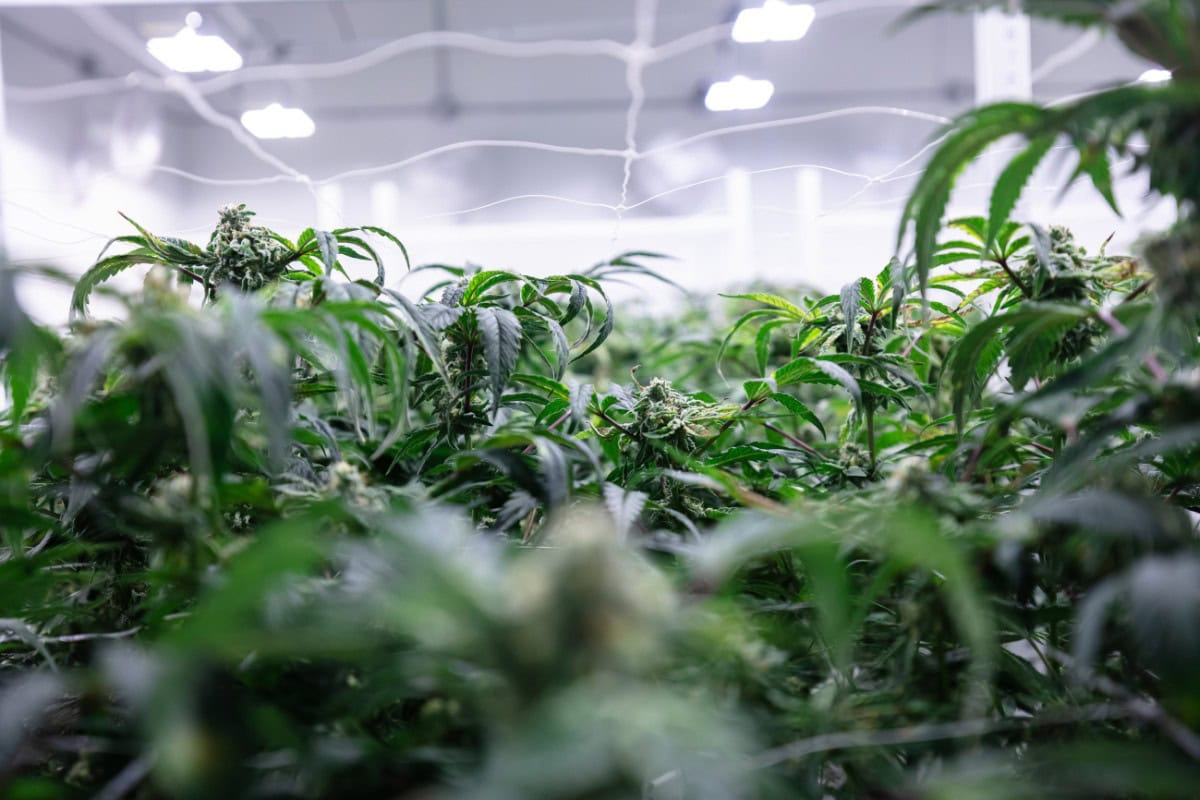If you’re like most people, you probably don’t spend a lot of time thinking about the quality of your water. If it looks clean and clear when you turn on the tap, it doesn’t seem like you need to worry. The reality, however, is a lot more complicated.
While the vast majority of people do enjoy relatively pure water, a growing percentage are actually dealing with pollution and contamination. Whether it’s bacteria or protozoa infestation, heavy metals leaching into the water supply, or chemicals that shouldn’t be there, your water could be compromised.
How Safe Is Tap Water to Drink
In most areas, tap water won’t cause immediate problems in healthy adults. Safe water laws require that cities and towns have their water supplies tested periodically and regulate the amount of mercury and other dangerous substances found in the supply. That doesn’t mean that the water is completely pure or safe, however.
Mistakes can still be made, which is why many people living near industrial or agricultural areas frequently see warnings about their water quality. Even if your water looks clear and pure, it probably contains some of the following substances.
Minerals and Salts
All natural water contains salts and dissolved minerals, many of which actually promote health. Just because something is natural, however, doesn’t mean that it’s safe. Along with calcium, iron, magnesium and other beneficial minerals can come arsenic, mercury and more dangerous substances.
Legally, all water supplies must contain below a certain level of these substances, but monitoring can be patchy. If you have a well or live in a very small town, your water supply may not be tested frequently or even at all. Even when levels are below the legal maximum, they can still pose a hazard to sick people, the elderly, pregnant women and very small children. That’s why it’s often a good idea to filter your water before you drink it.
Chemicals
Most people are aware that their water contains chlorine and fluoride, substances added to remove dangerous microorganisms and promote healthy teeth. In large amounts, even these chemicals can be dangerous, in addition to changing the taste and smell of the water.What you may not know is that these aren’t the only chemicals you might encounter.
Traces of industrial pollutants, fertilizers, pesticides and other dangerous substances are present in many water systems, including in the underground aquifers that supply wells. Some chemicals aren’t even regulated, making it hard to know how much is in your water supply.
Microorganisms
Just as there are legal maximums for chemicals and heavy metals, there are rules about microorganisms in your water. Unfortunately, bacteria, fungi, protozoa and other organisms can multiply on their own, so there’s no guarantee that the regulations will keep your supply safe.
These tiny creatures can grow in even fairly inhospitable environments and pose a real danger to anyone with a compromised immune system. In large enough concentrations, they can even cause problems for ordinary healthy people.
The Solution
The question of how safe is tap water to drink could cause you a lot of worry and stress if you think your supply is at risk. Fortunately, there’s a way to deal with this problem safely and effectively.
Simply choose a home water purifier, such as Tyent’s water ionization systems, and you’ll be able to filter out all the dangerous substances without losing the beneficial minerals. The result is clear, clean, health-boosting water that you’re sure to enjoy.









